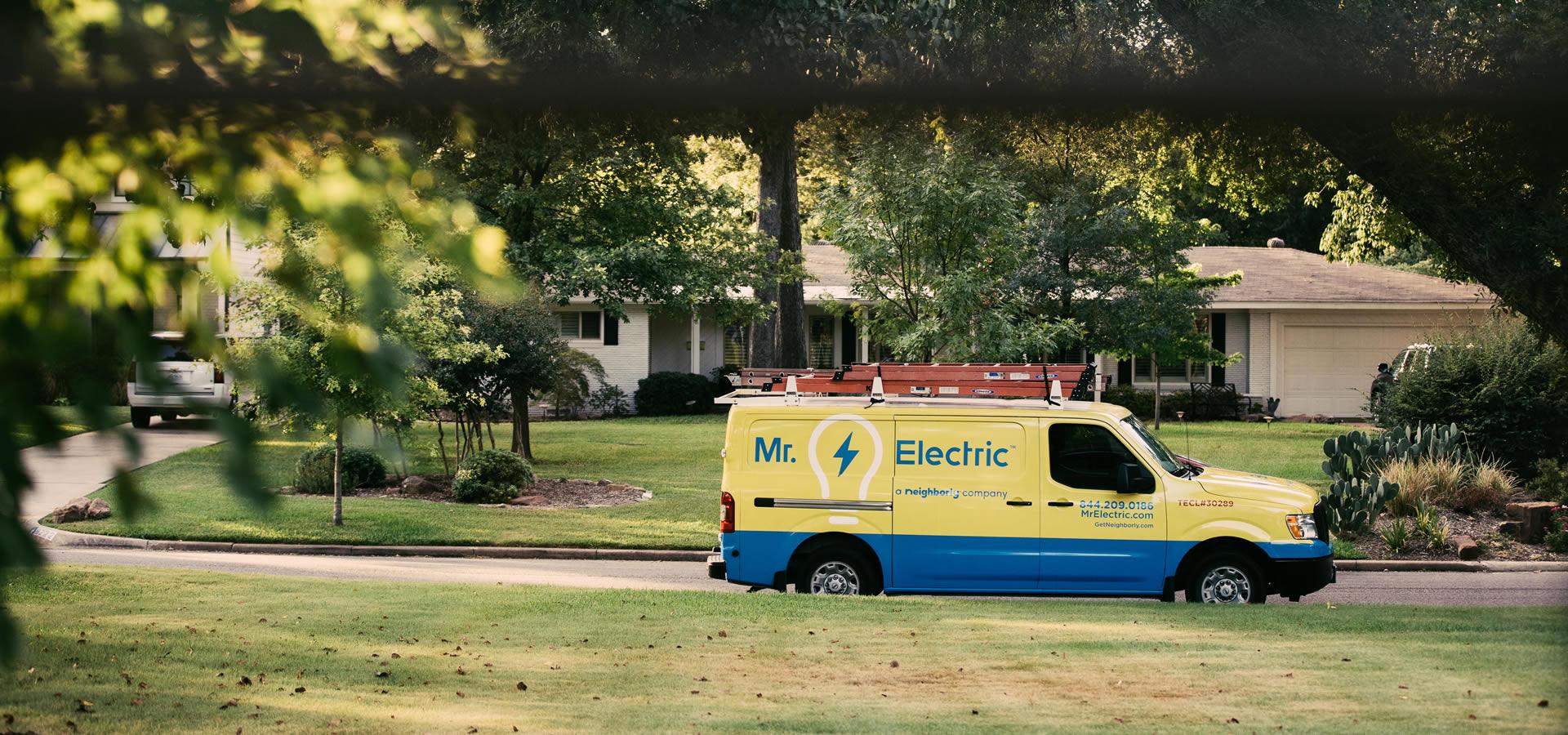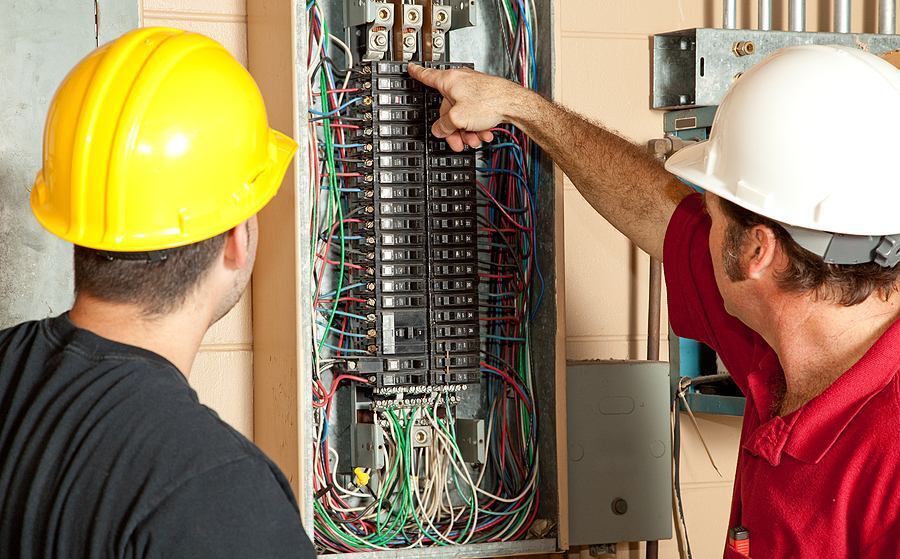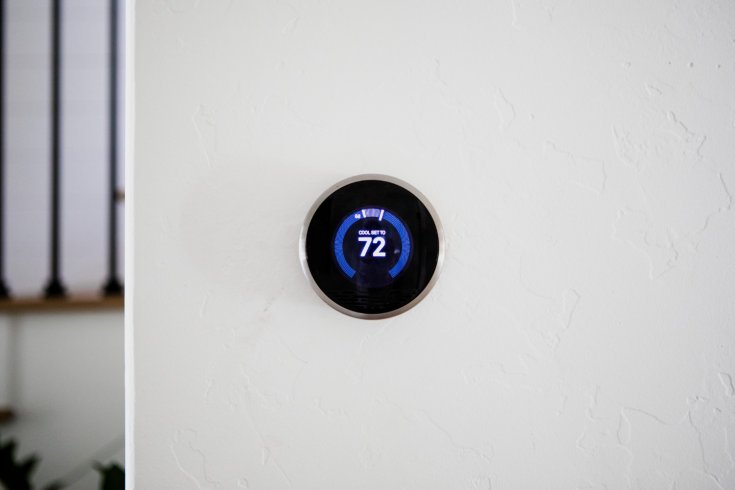Common Electrical Issues in Older Homes
There’s no doubt that older homes have a certain charm and character that cannot be replicated in new builds. However, these homes come with their share of challenges, including electrical issues. In this article, Mr. Electric outlines the common electrical issues in older homes and what you can do about them.
Homes that were built between the mid-1960s and the mid-1970s used aluminum wiring, which was considered a cheaper and more readily available alternative for electrical wiring during this time. However, there were issues with aluminum wiring that later became apparent. It has been discovered that aluminum wiring is unreliable and creates a significant risk of electrical fire. Another common type of wiring in older homes is knob-and-tube wiring. This type of wiring lacks grounding, poses a fire risk, and is not designed for modern loads. If your older home has aluminum wiring or knob-and-tube wiring, call a professional electrical repair service for rewiring.
- Outdated Electrical Panels
If your home was built before the 1960s, there’s a good chance the electrical panel doesn’t meet current safety standards. Many of the modern appliances and electronics we have in our homes today didn’t exist 50 years ago. For that reason, older homes may not be well equipped to handle the electrical load needed in today’s tech-centric world.
Signs of an outdated electrical panel
- Your home has a fuse box instead of circuit breakers
- Overloaded circuits
- Flickering or dimming lights
- Signs of damage
- Two-prong outlets
Call a professional electrical repair service to assess your electrical panel and determine if an upgrade is necessary.
Proper grounding provides a safe path for excess current to flow to the ground in the event of a malfunction. A lack of sufficient grounding can cause electrical fires and electrocution. It is common for older homes to lack sufficient grounding because electrical codes and safety standards for electrical systems have been continuously updated over time. Some of the signs of inadequate grounding include frequently tripping circuit breakers and tingling sensations when touching appliances. If you live in an older home, call a professional residential electrician to inspect your home and ensure proper grounding.
Insufficient electrical outlets is a common issue you’ll most likely experience if you reside in an older property. Older homes were built when most of the gadgets and appliances we use today didn’t exist. As a result, the number of electrical outlets required by modern homeowners was not factored in during installation. Modern life revolves around numerous electronic devices—phones, laptops, TVs, gaming consoles, smart home devices, and even kitchen appliances. Each of these needs a place to plug in, and older homes might not have anticipated this surge in electronics and appliances. If you need more outlets in your home, call a professional electrician to install additional electrical outlets strategically throughout your home. Having enough outlets in your home not only eliminates the frustration of searching for an available outlet, but it also reduces the risk of overloading circuits.
Speak With an Electrical Expert
If you’re experiencing any of the electrical issues we have discussed in this post, it’s advisable to contact trusted electricians for a comprehensive inspection and to perform the repairs or replacements needed. Ignoring these issues can lead to safety hazards, inconveniences, electrical fires, and even legal problems. Here at Mr. Electric, we offer a wide range of electrical services to keep your home safe and up to code. All of our residential electricians are highly trained and continue to receive ongoing training to ensure they stay ahead of the curve. Contact us today and let our team help you keep your electrical system in good working order.







